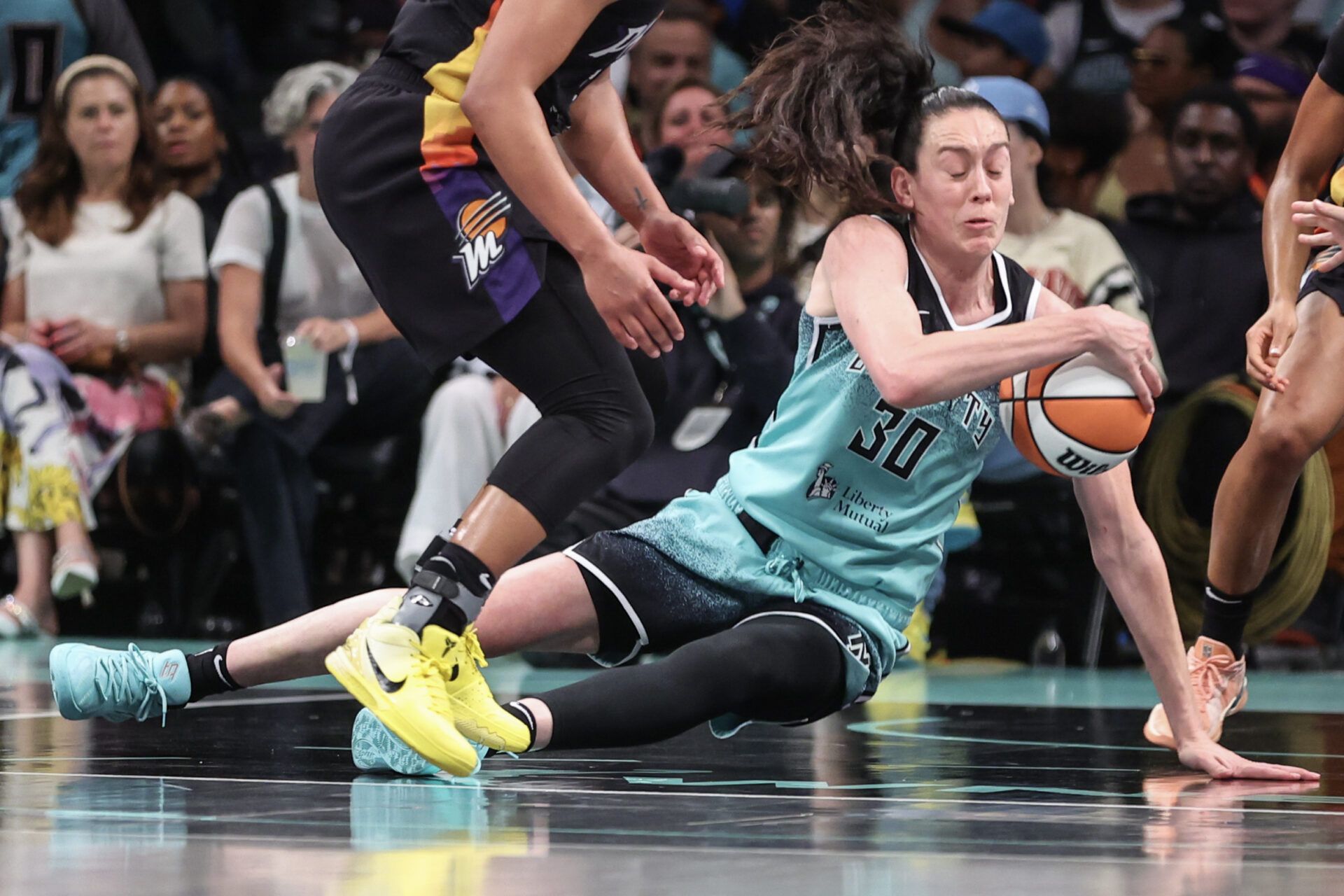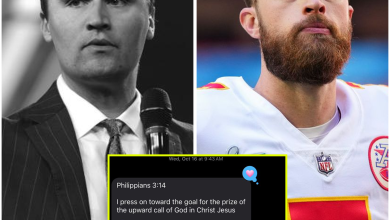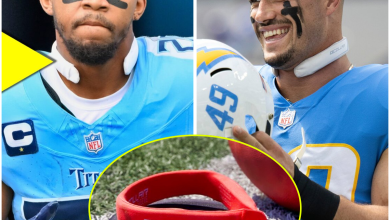A League at War with Its Own Whistles: How an Officiating Crisis Marred the WNBA Playoff Opener
The WNBA playoffs, the league’s premier showcase, are finally here. But after the opening night of postseason action, the biggest and most troubling storyline wasn’t a stunning upset, a heroic performance, or a burgeoning rivalry. It was the familiar, frustrating, and league-wide crisis of incompetent officiating. From questionable calls that had coaches erupting to dangerous playing conditions, the night was a showcase not of the league’s best, but of its most glaring weakness, leaving fans, players, and coaches asking a question that has become a broken record: When will the WNBA fix its refereeing problem?
Nowhere was this crisis more apparent than in Atlanta, where the Indiana Fever took on the Dream in a game that felt chaotic from the start. The venue itself has long been a point of contention, an undersized high school-style gym with a capacity of just 3,500 that feels inadequate for a professional playoff game. On this night, conditions were reportedly treacherous, with players on both teams slipping and sliding on a court that seemed dangerously slick. In a moment of bizarre irony, the home team’s “white out” promotion, where fans were given white shirts, perfectly matched the road team’s uniforms, as the Fever were the ones wearing white.

But it was the officiating that truly took center stage. The Indiana Fever were forced to use both of their successful coach’s challenges in the first half, a clear indictment of the quality of the calls being made on the floor. In one instance, a foul was called on Aliyah Boston despite replays showing her opponent, Brionna Jones, initiating the contact by slapping her arm away. In another, Lexi Hull was whistled for a foul on Rhyne Howard despite playing what looked to be perfect, hands-up defense as Howard simply tripped over her own feet. Both calls were overturned upon review, but the damage was done—the Fever had no challenges left for the entire second half of a tight, physical playoff game.
The frustration finally boiled over in the fourth quarter. After yet another missed call on a physical play under the basket, Fever head coach Stephanie White erupted. The entire Indiana bench emptied in protest, but White was the most incensed, chasing after a referee to half-court to plead her case. She was immediately assessed a technical foul. It was a moment that perfectly encapsulated the league’s collective exasperation. This wasn’t just a coach losing her temper; it was a desperate plea for competence and consistency from a league that seems unable to provide it.
This wasn’t just an isolated incident in one chaotic game. Across the league, the sentiment was the same. In the Minnesota Lynx’s victory over the Golden State Valkyries, Valkyries coach Natalie Nakase echoed a similar frustration. “I thought we were playing beautiful basketball and then all of a sudden the fouls get called consecutively,” she said post-game. “It wasn’t that the fouls are balanced. The fouls are getting called when we’re on a run and it shifts the momentum.” Her comments point to a deeper problem than just missed calls; it’s a feeling that the inconsistency of the officiating is directly impacting the flow and outcome of the games.

While the league’s officiating crisis dominated the narrative, it overshadowed a night of otherwise compelling basketball. A’ja Wilson continued to make her case for league MVP with a brutally dominant 29-point performance in the Las Vegas Aces’ blowout win over the Seattle Storm. In New York, the Liberty secured an overtime victory against the Phoenix Mercury, but the win was soured by a scary, non-contact knee injury to superstar Brianna Stewart, a potentially devastating blow to their championship aspirations. These are the stories that should be leading the conversation. Instead, the league is forced to once again answer for the quality of its on-court product.
The frustration is palpable because this is not a new problem. For years, fans, players, and coaches have been complaining about the inconsistent and often confusing state of WNBA officiating. But the expectation was that things would improve for the playoffs, that the league would put its best foot forward on its biggest stage. Instead, the problem seems to have been amplified, creating a sense of crisis at the worst possible moment. The product on the floor, the very thing the league is trying to sell to a new and growing audience, is being fundamentally damaged by the people charged with managing it.
The final plea from the night’s critics was simple and direct: fix the refereeing. Before worrying about expansion or marketing, the WNBA must address the foundational issue that is threatening its integrity. The players are playing with heart, the coaches are coaching with passion, and the fans are showing up with unprecedented enthusiasm. It’s time for the officiating to rise to the same level.



